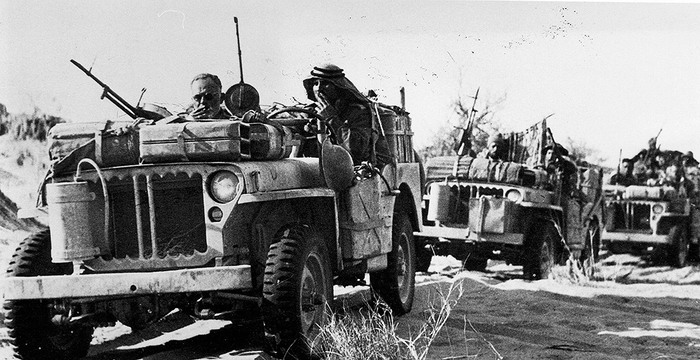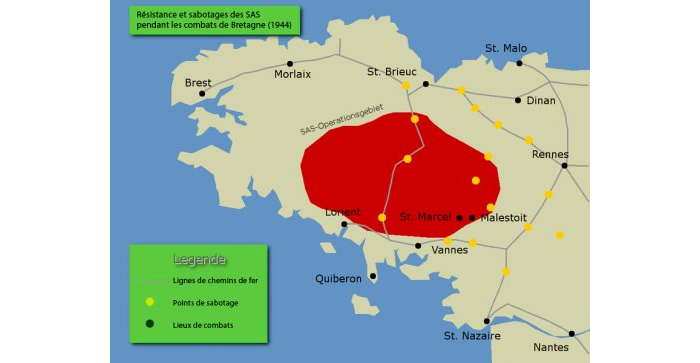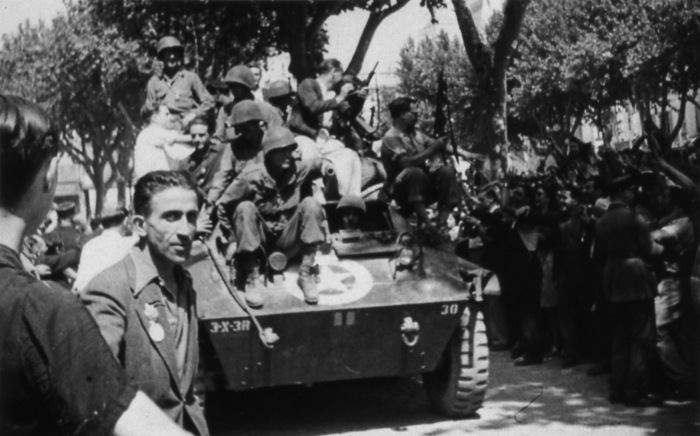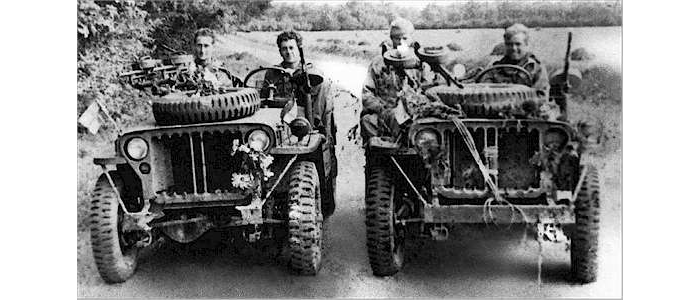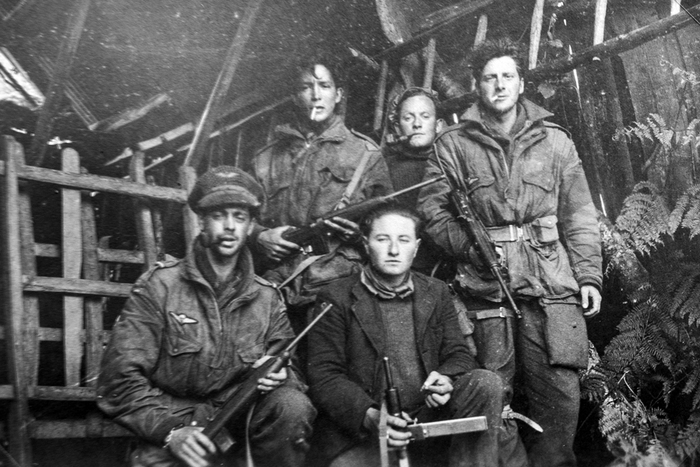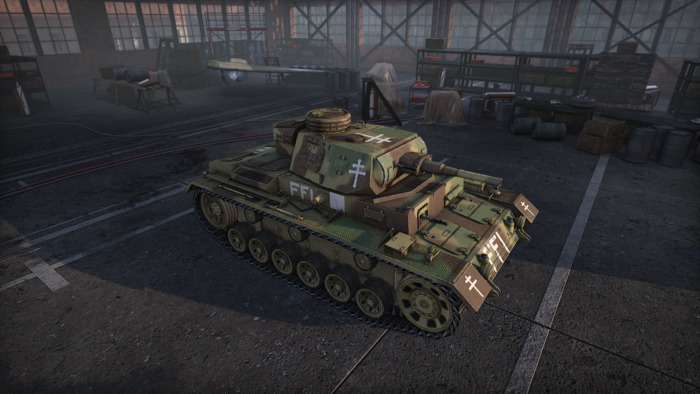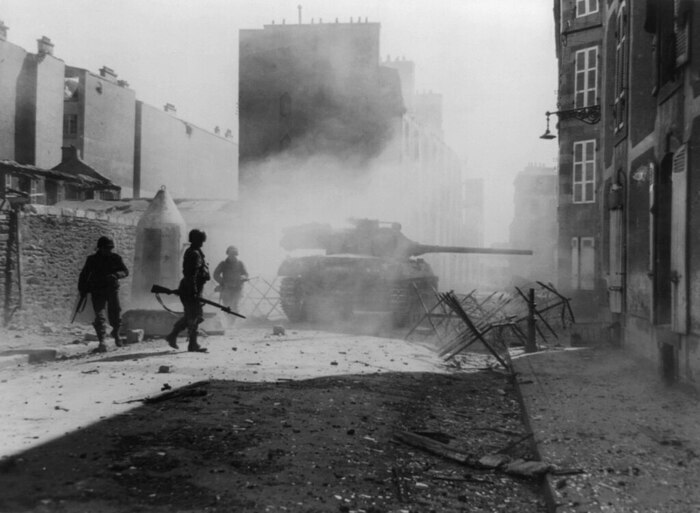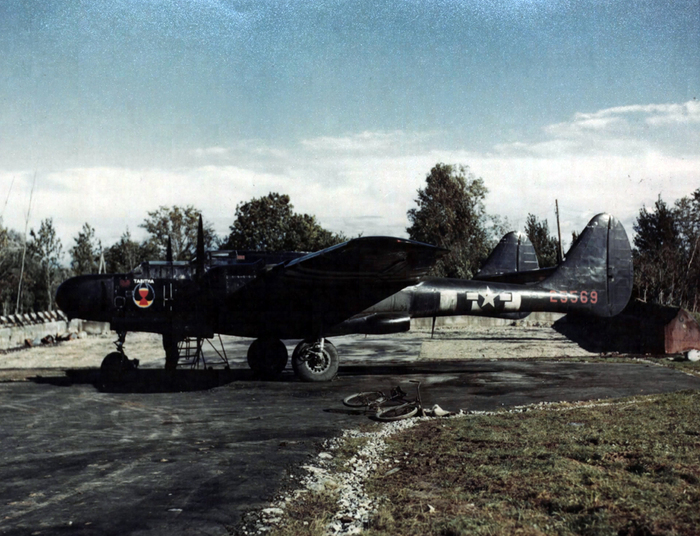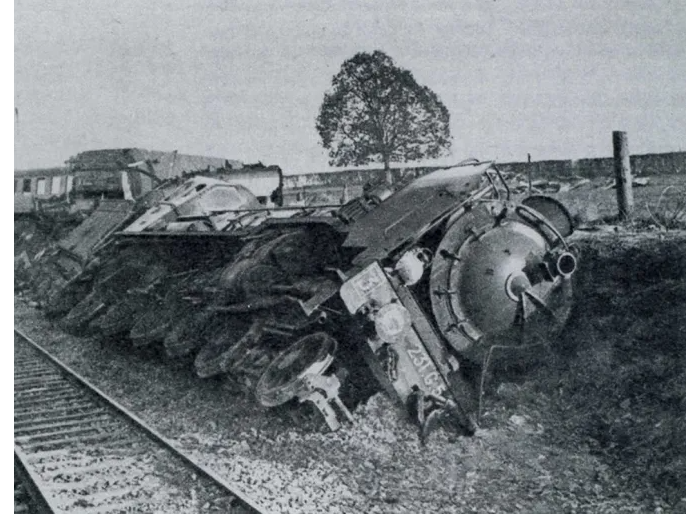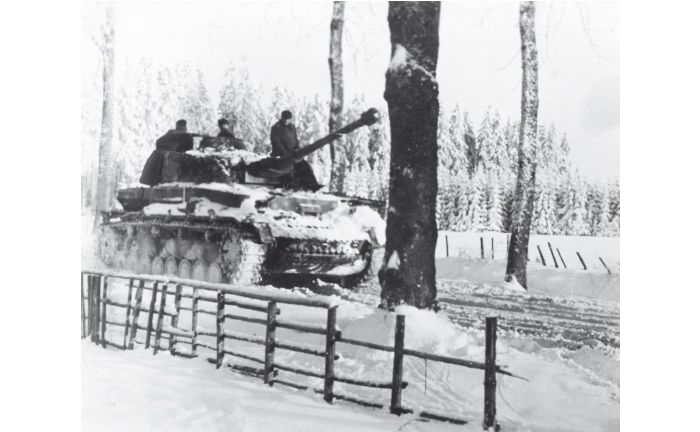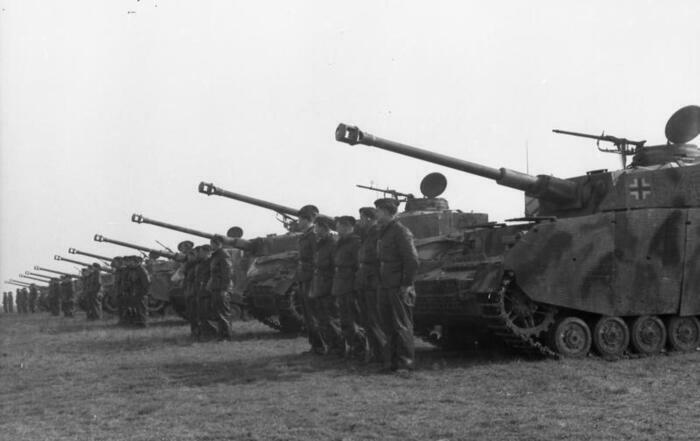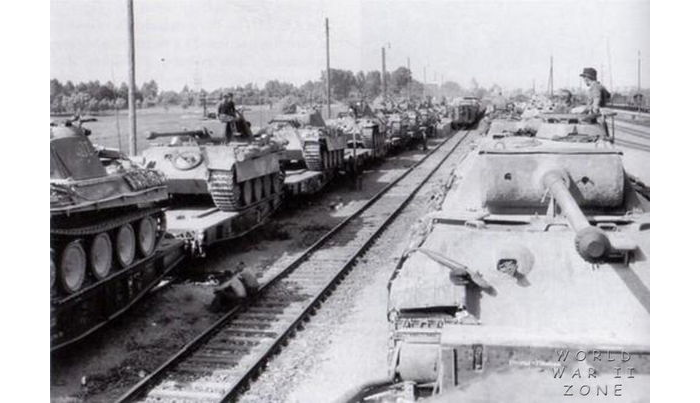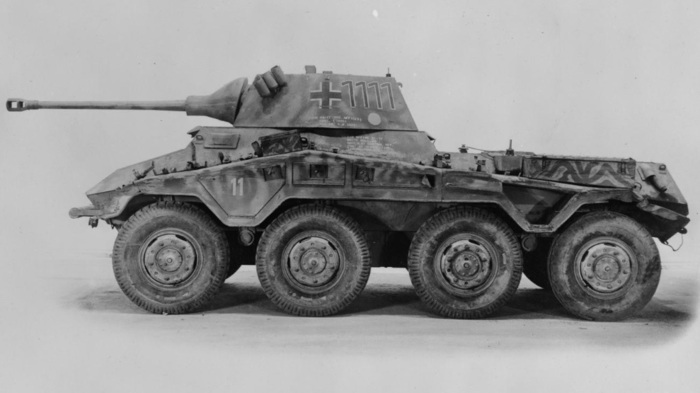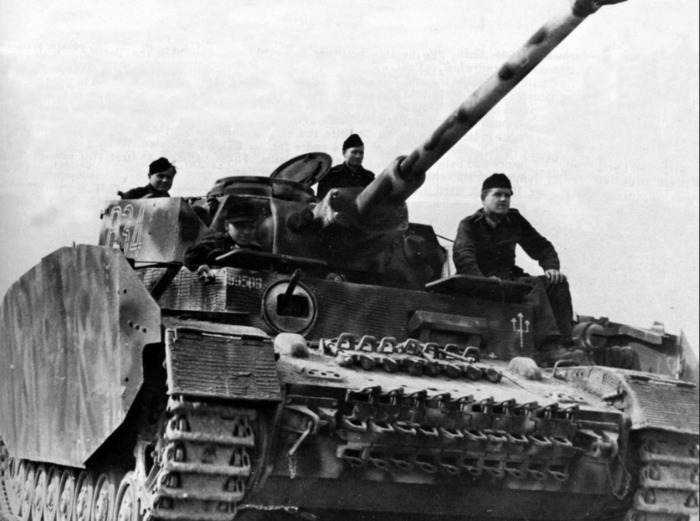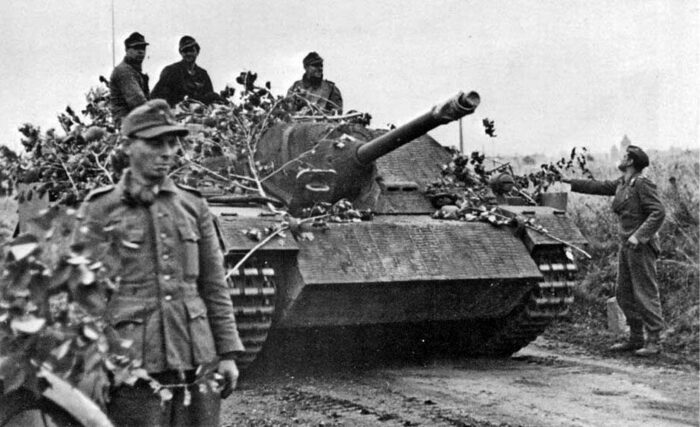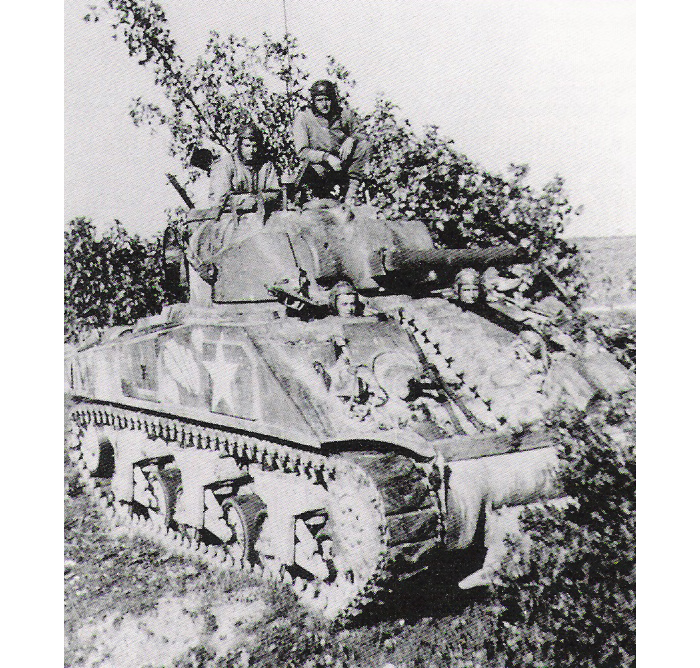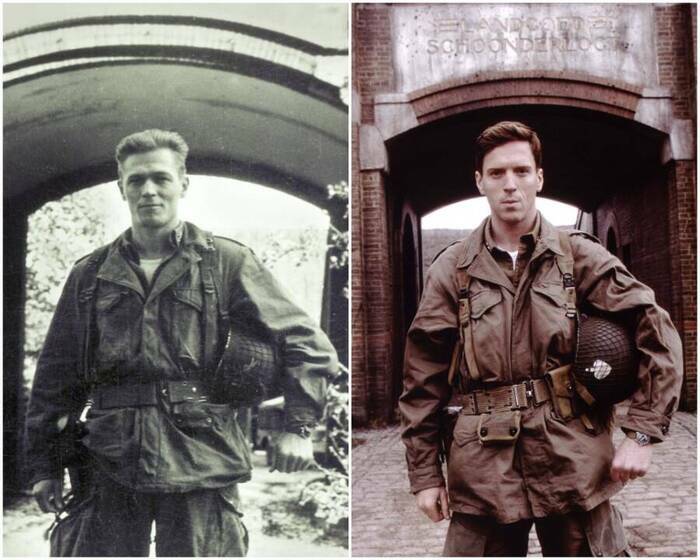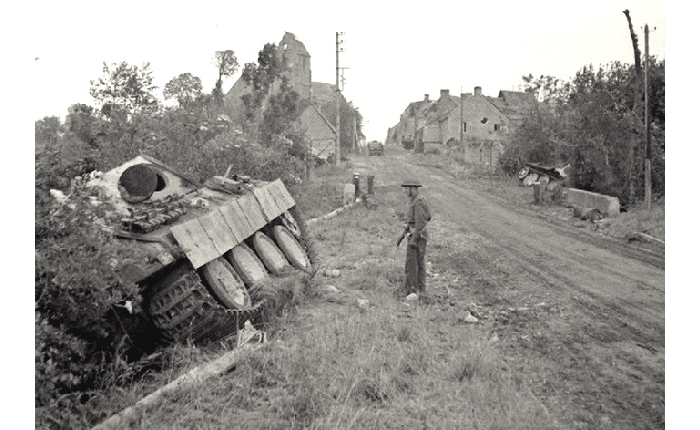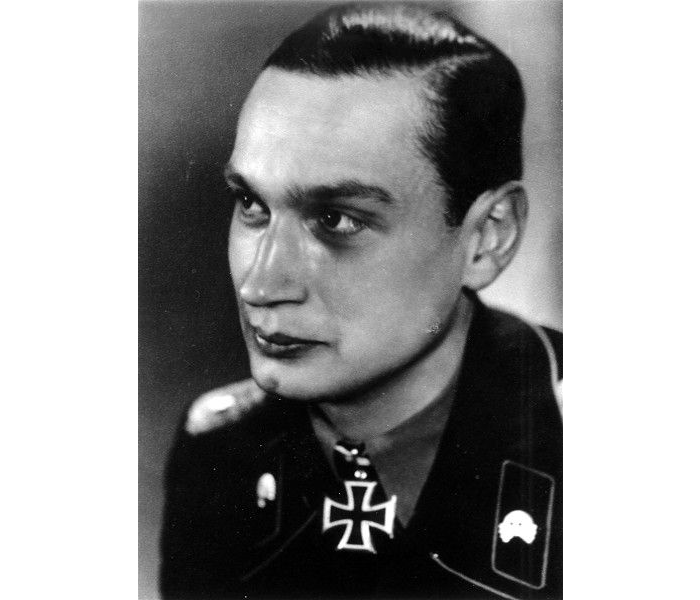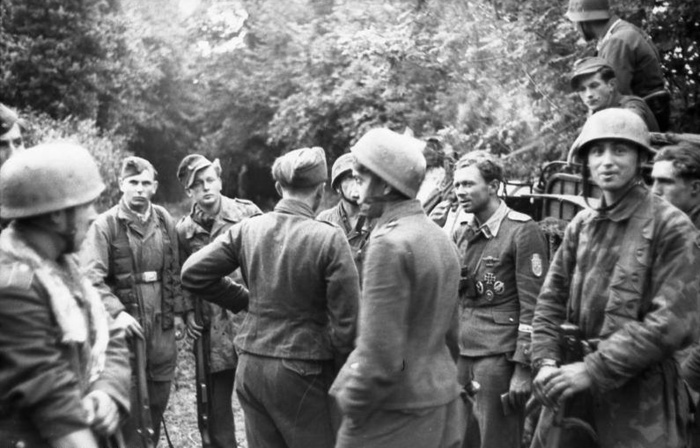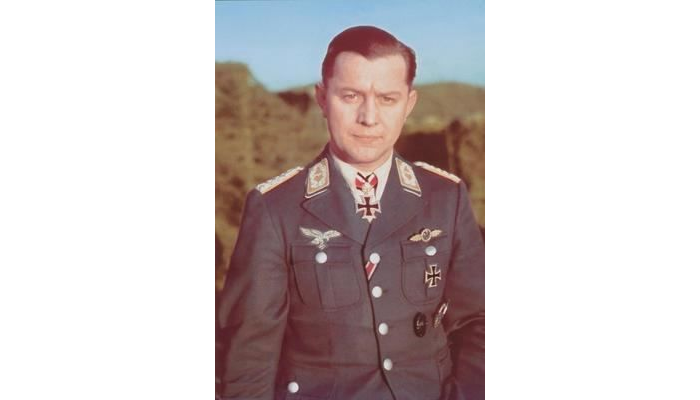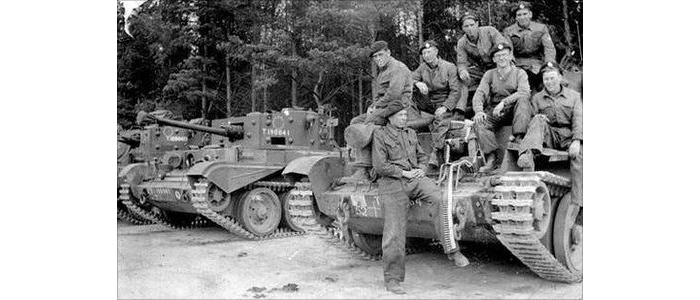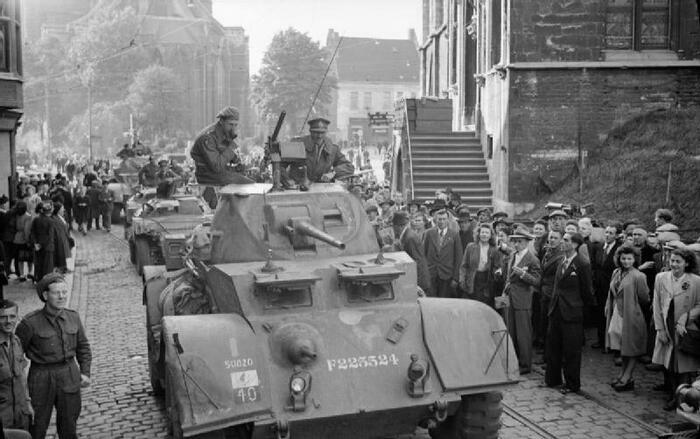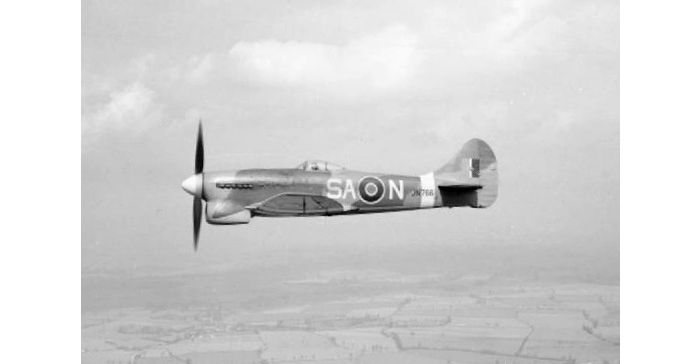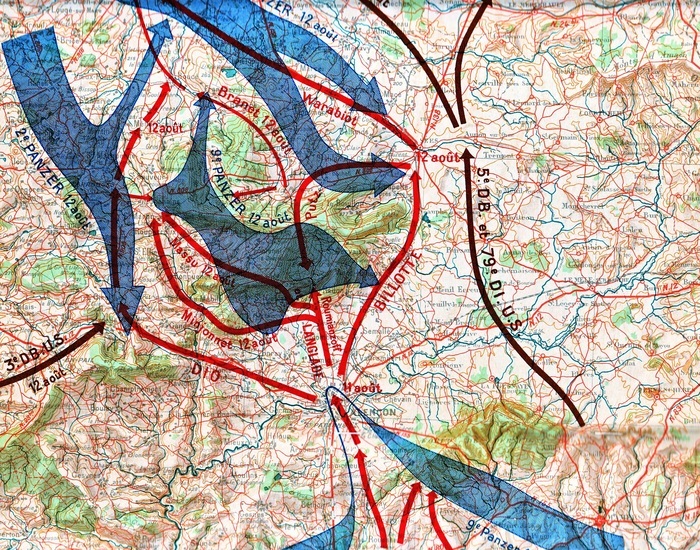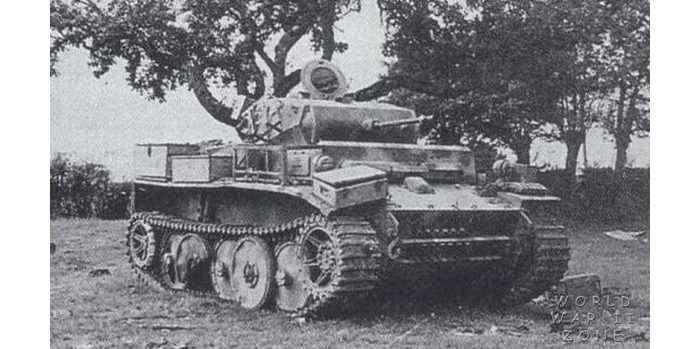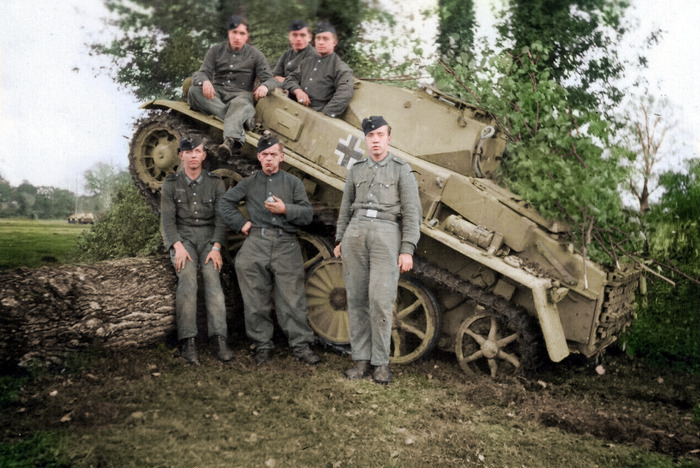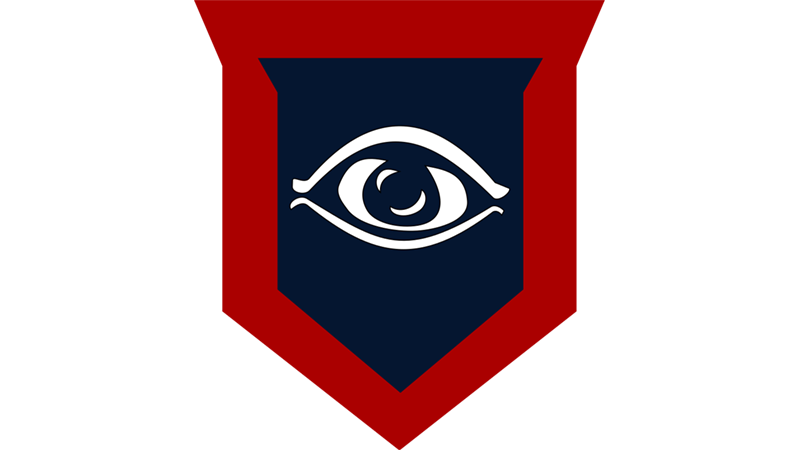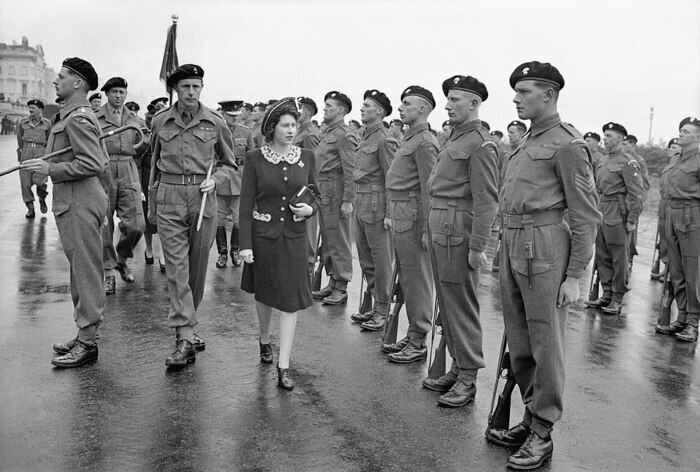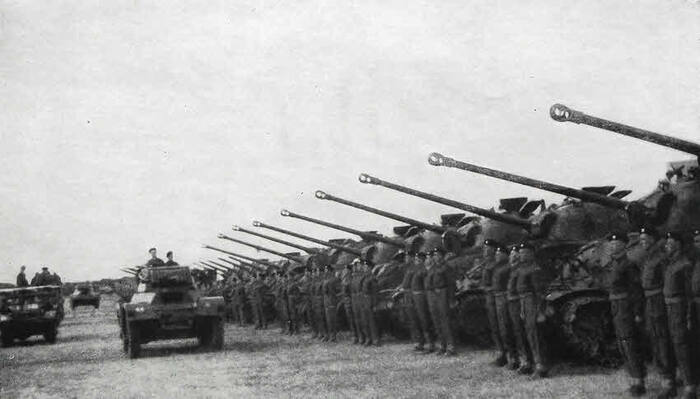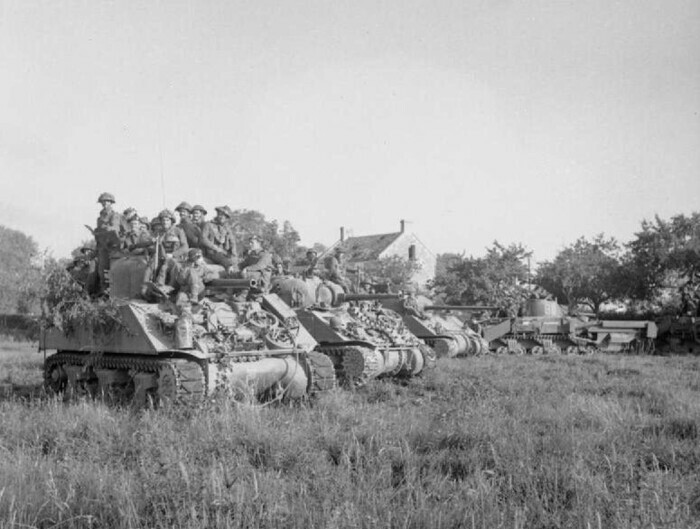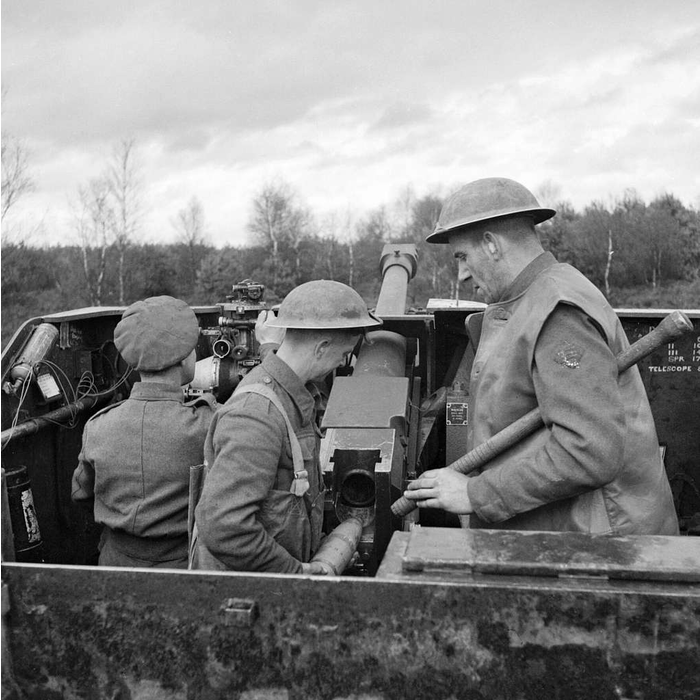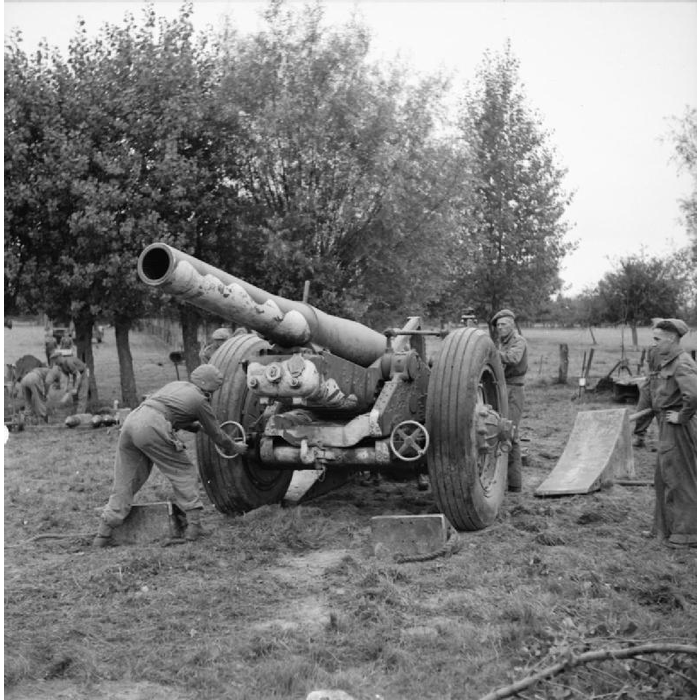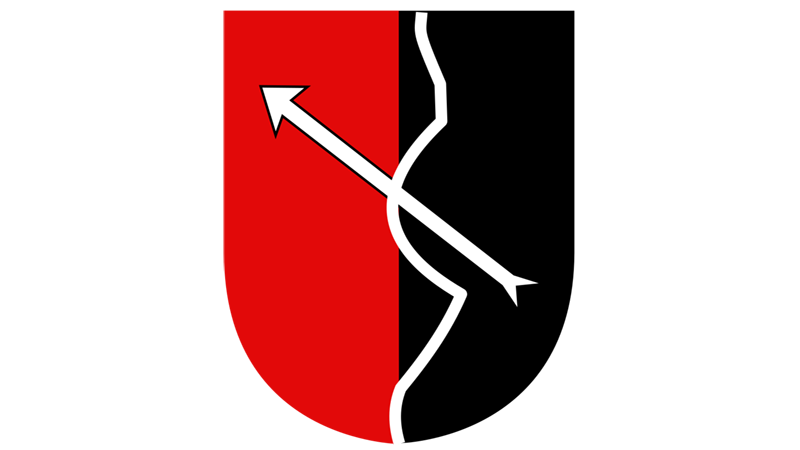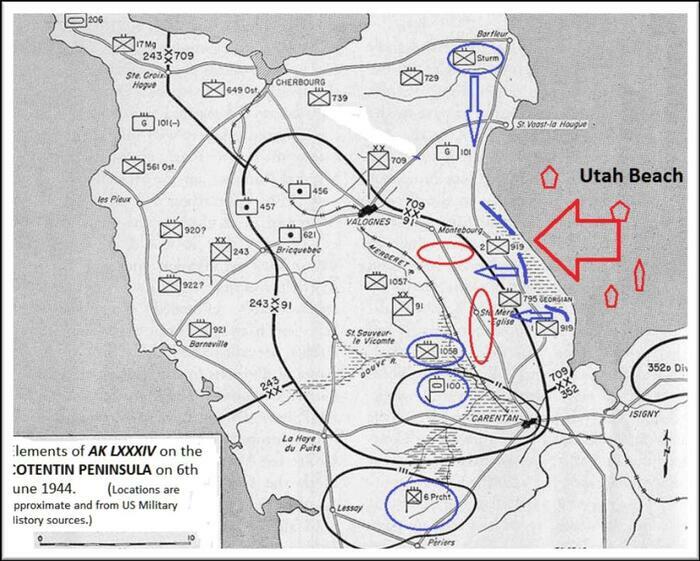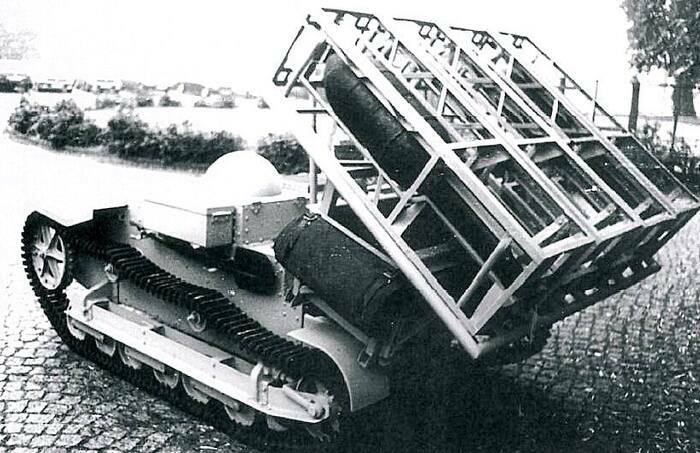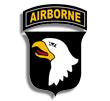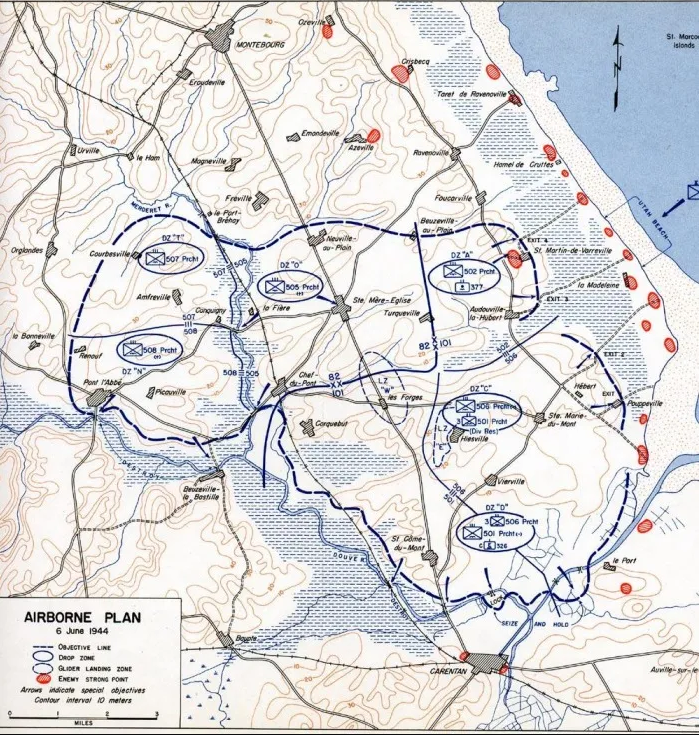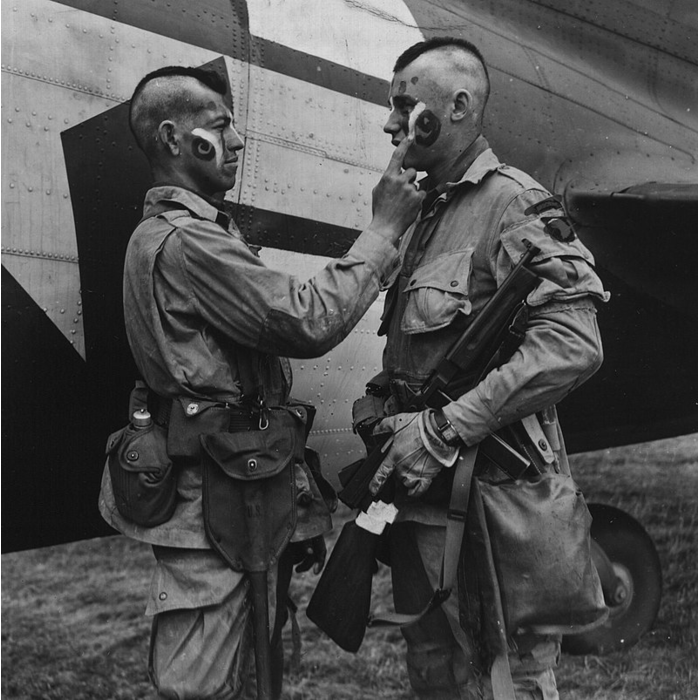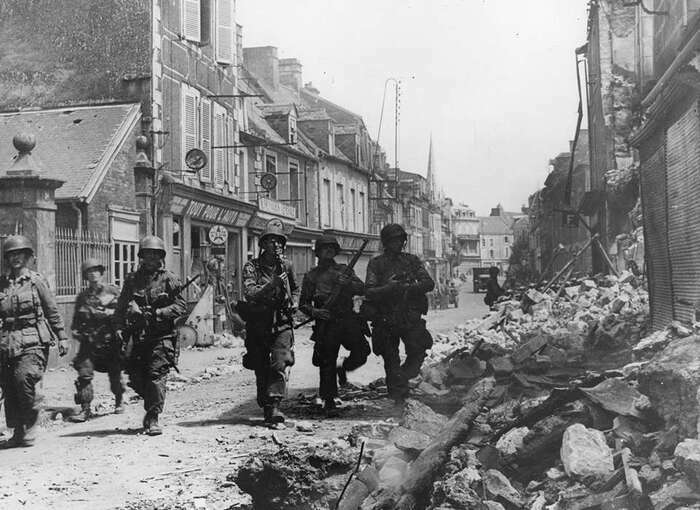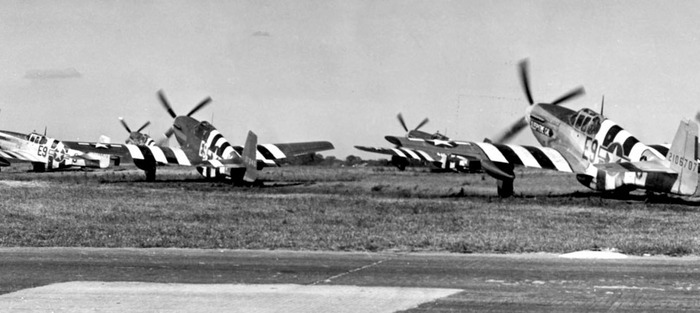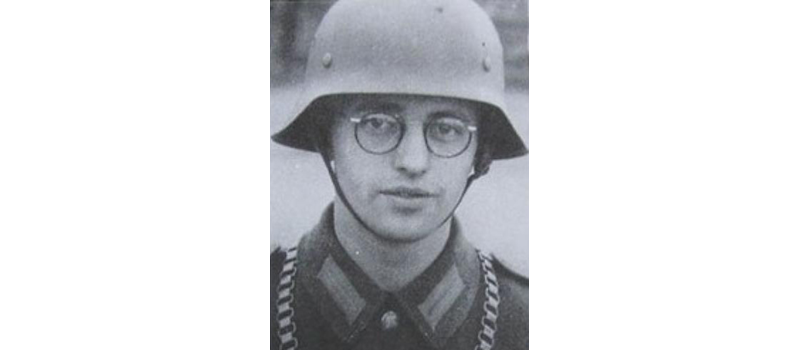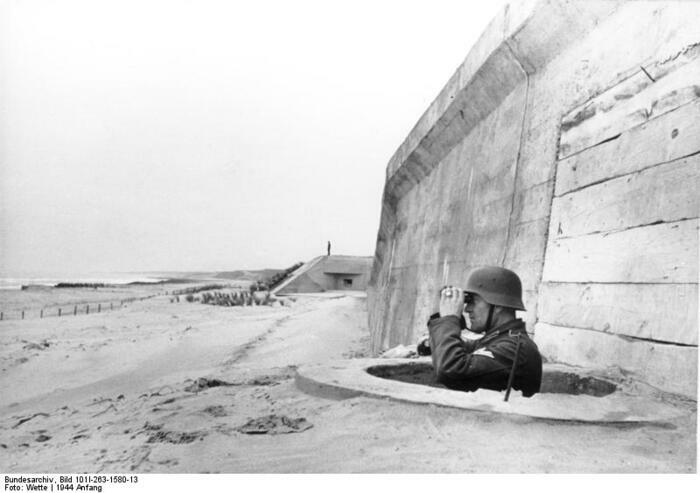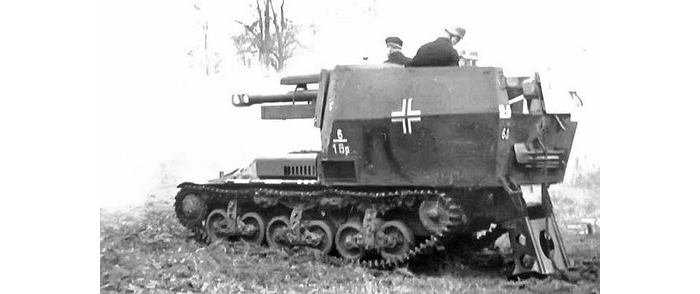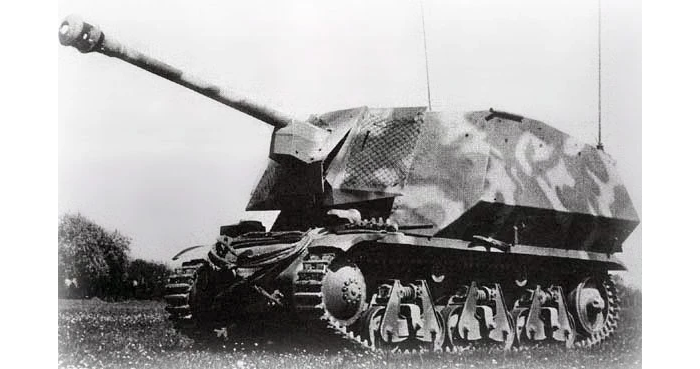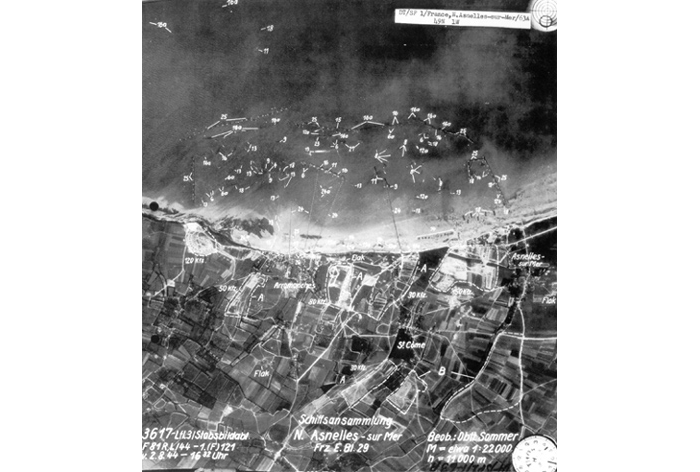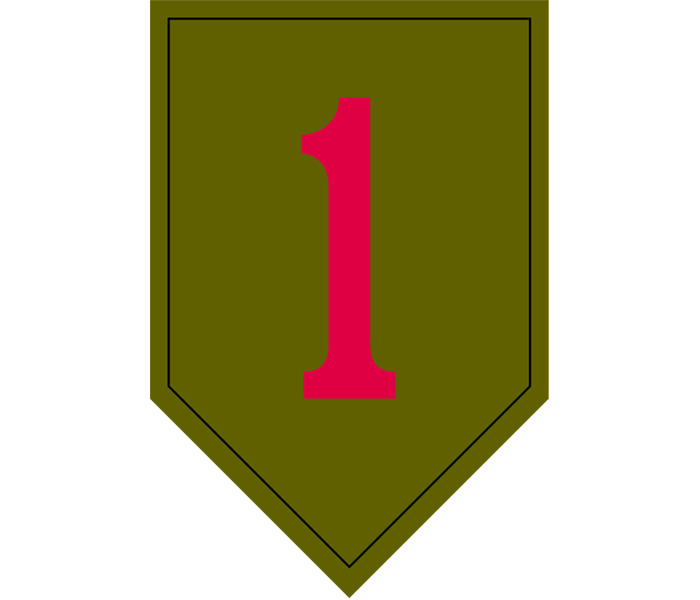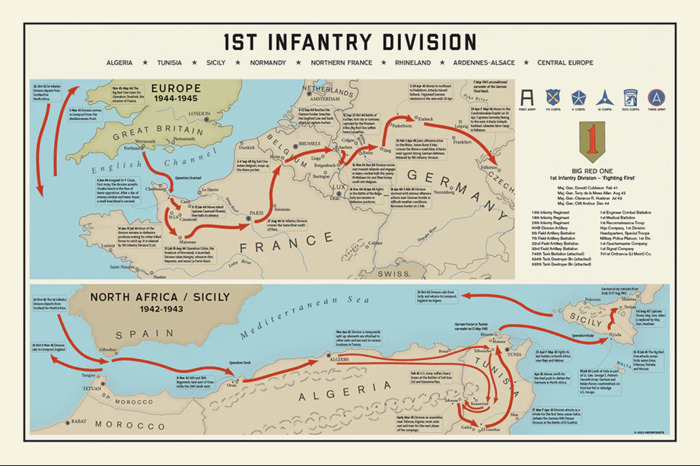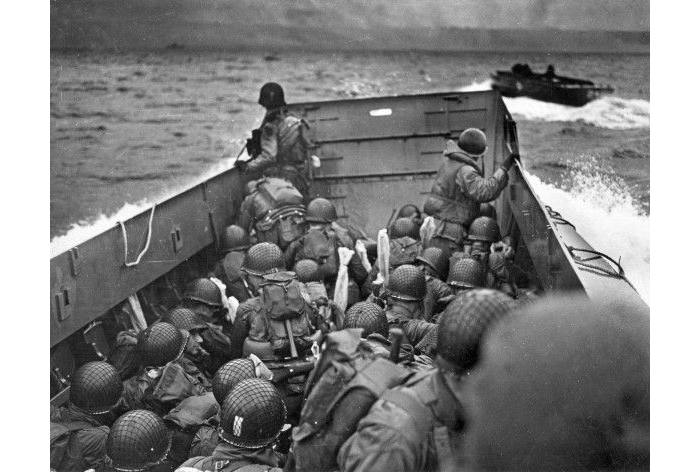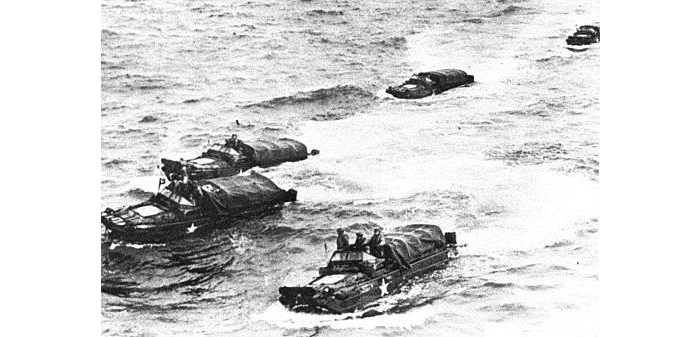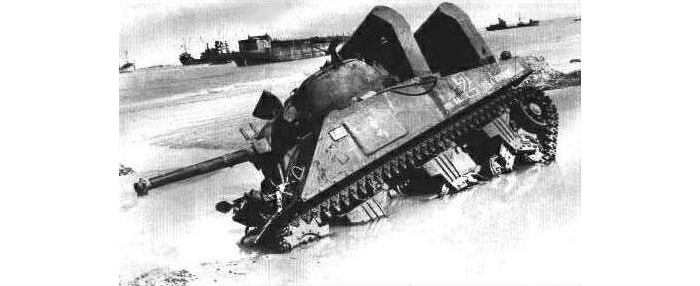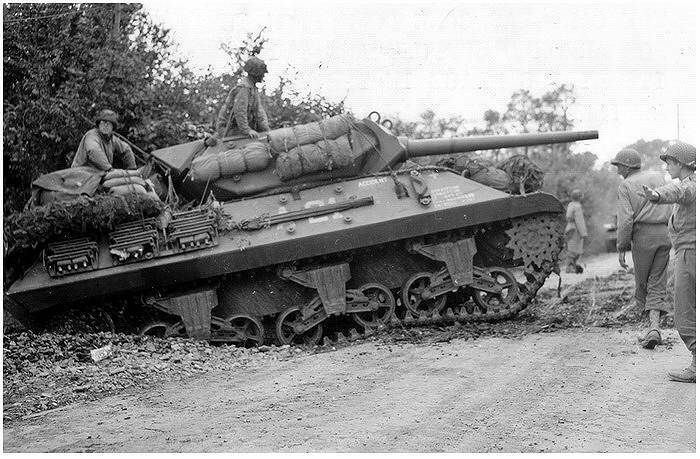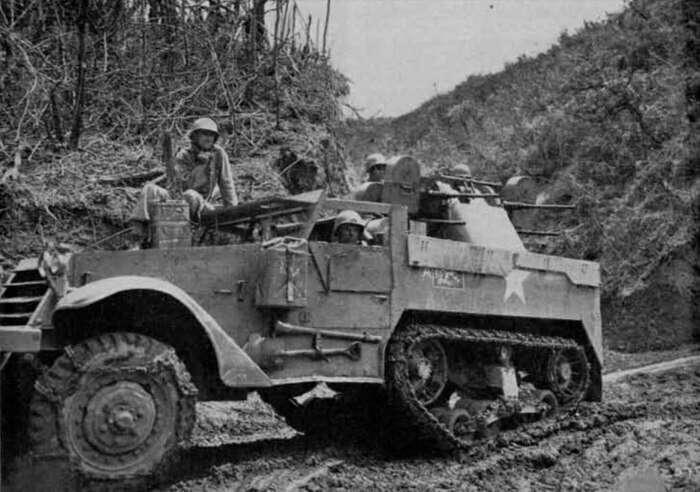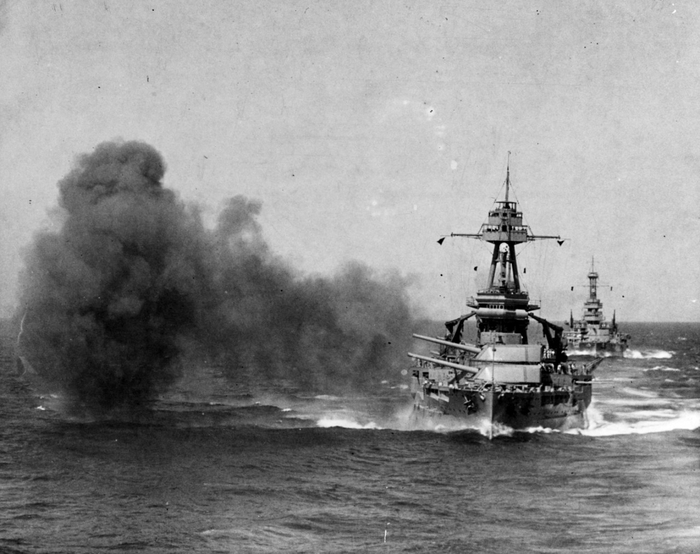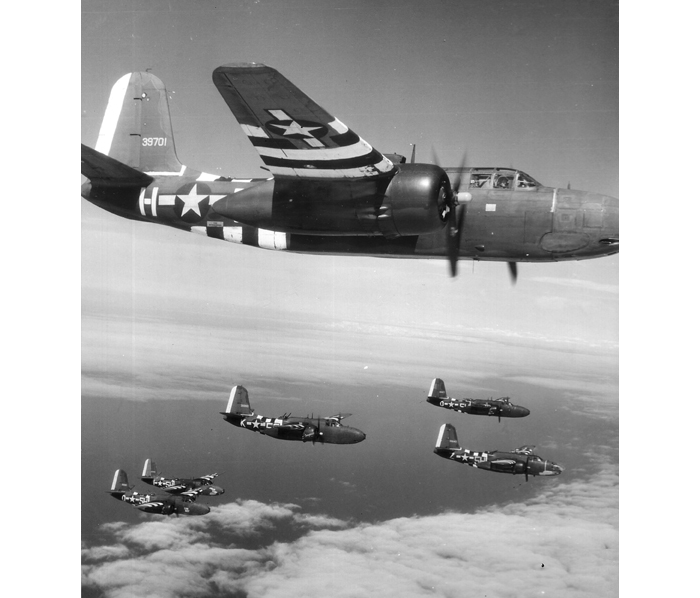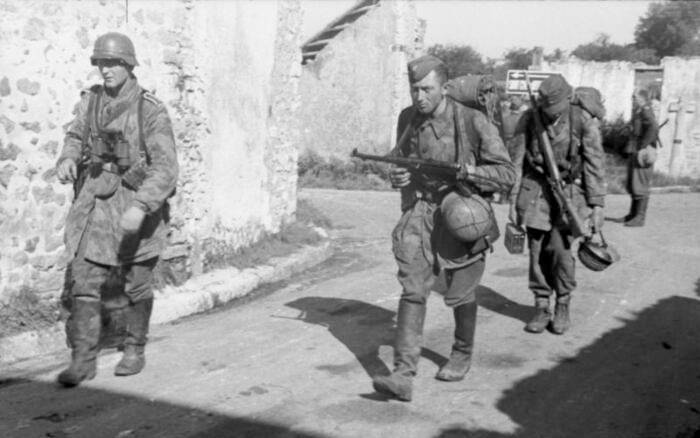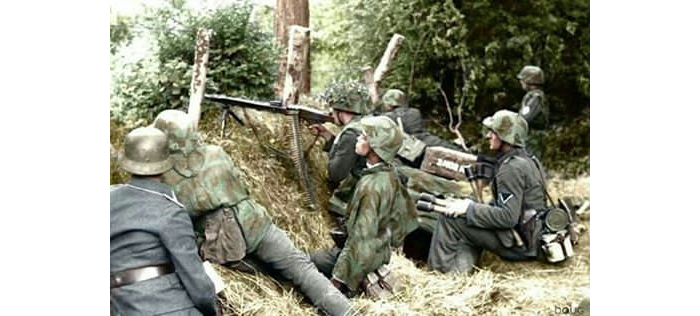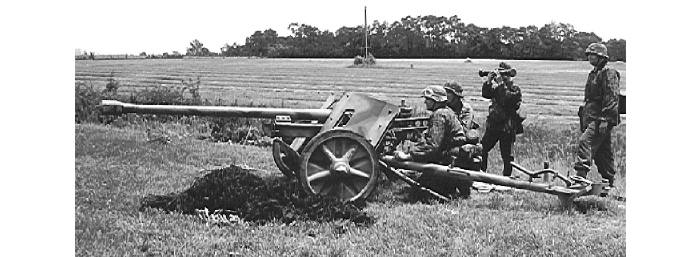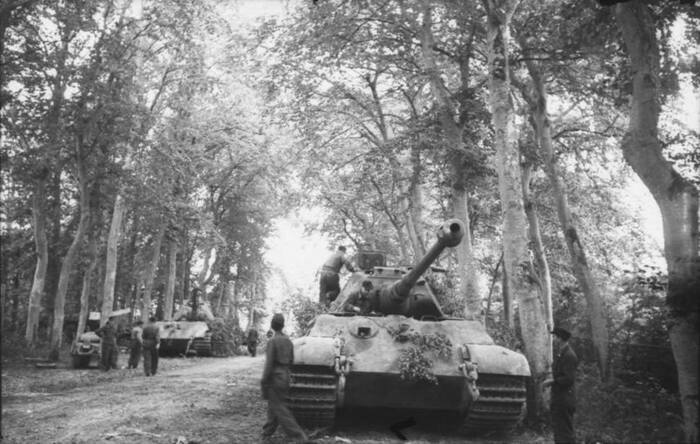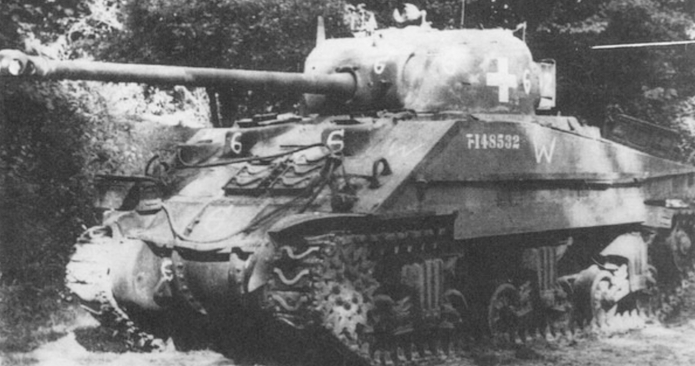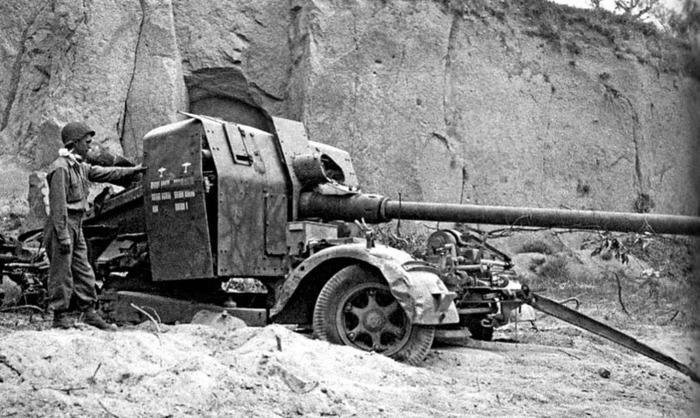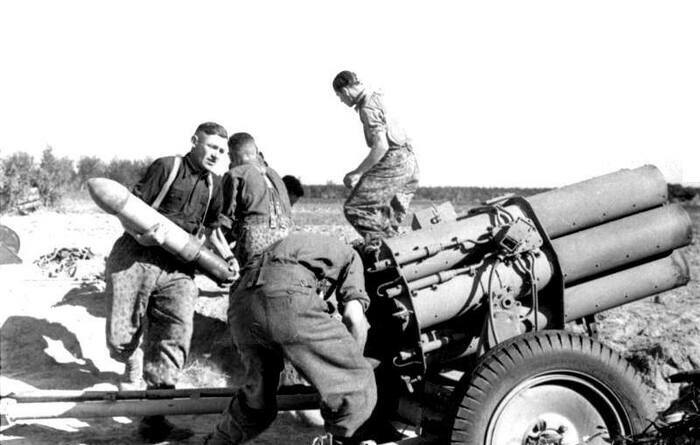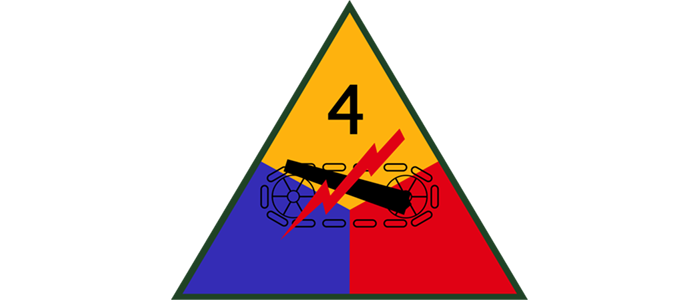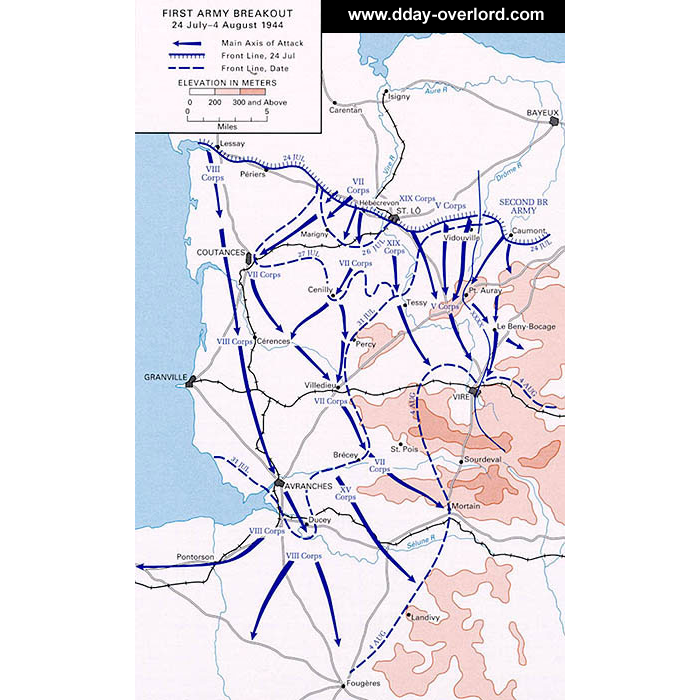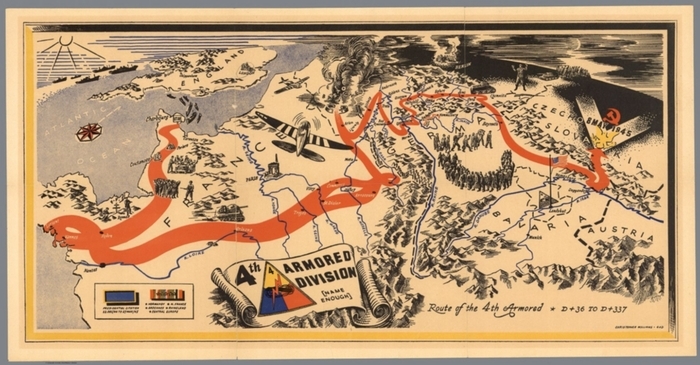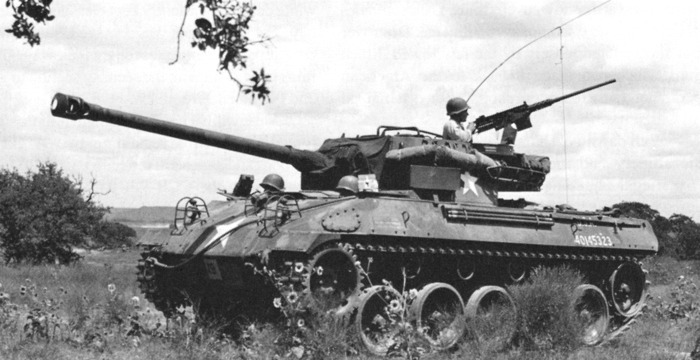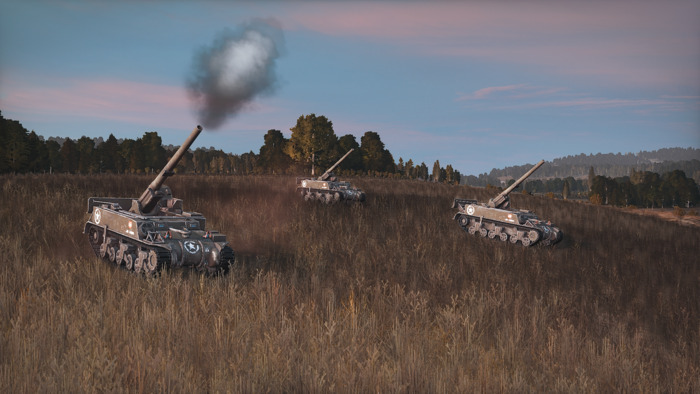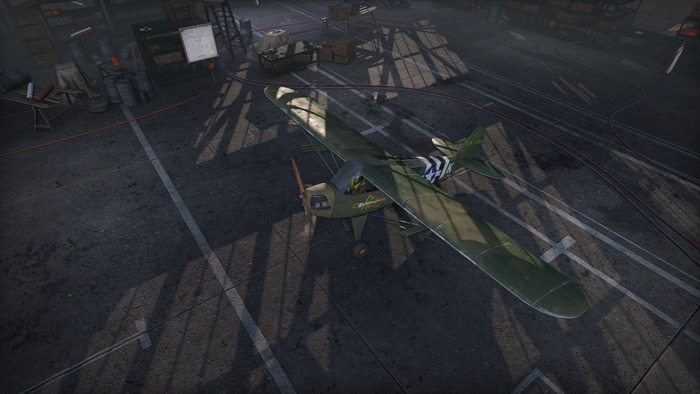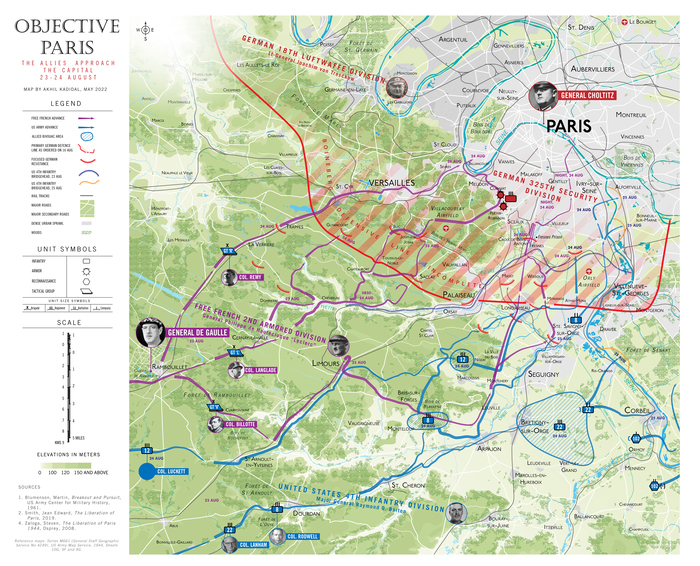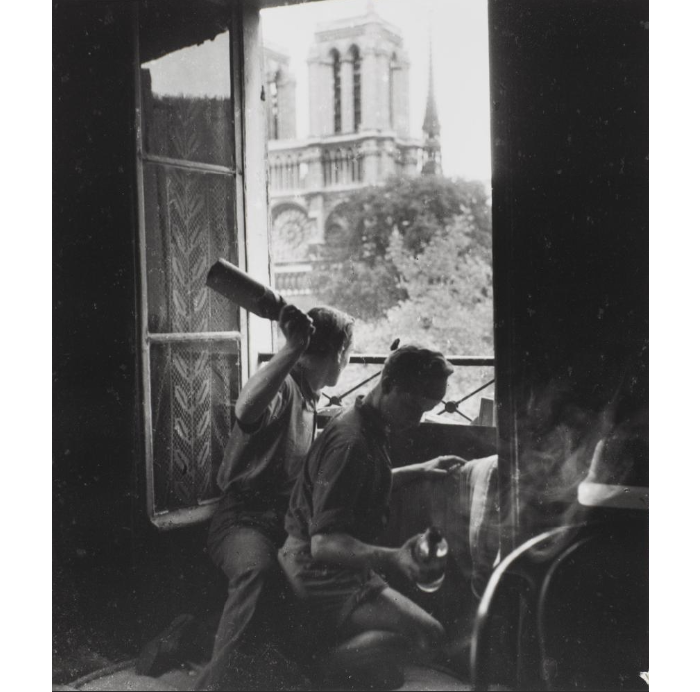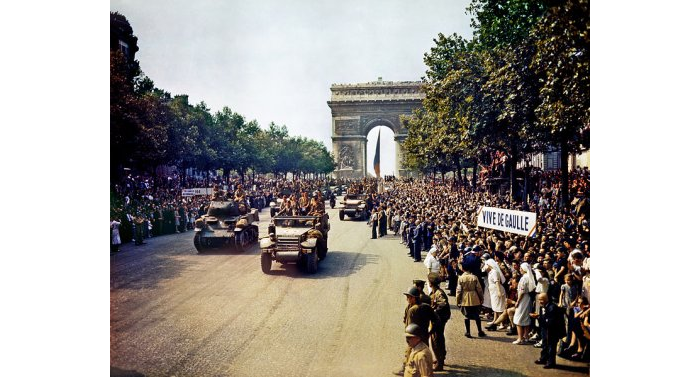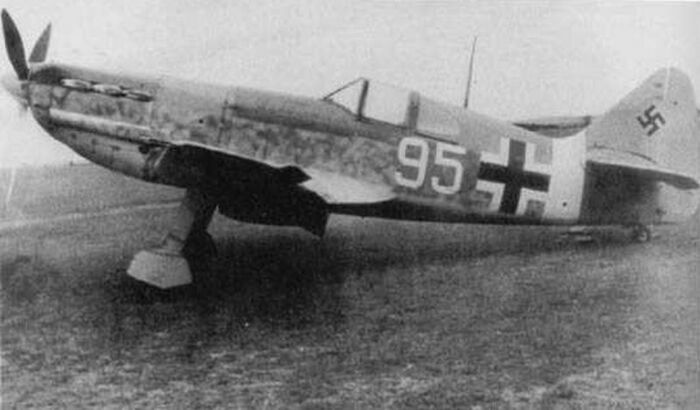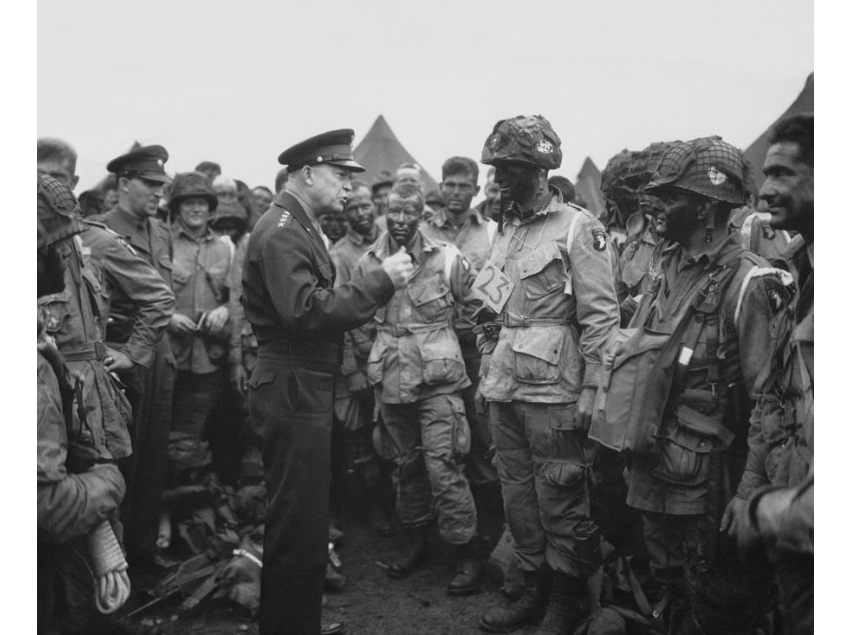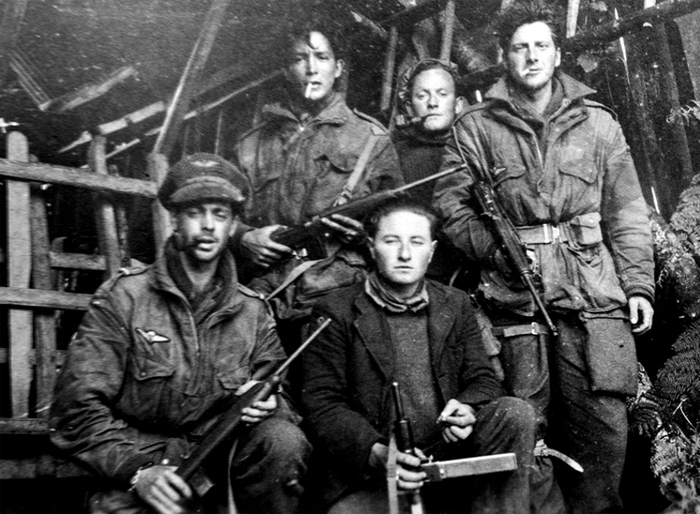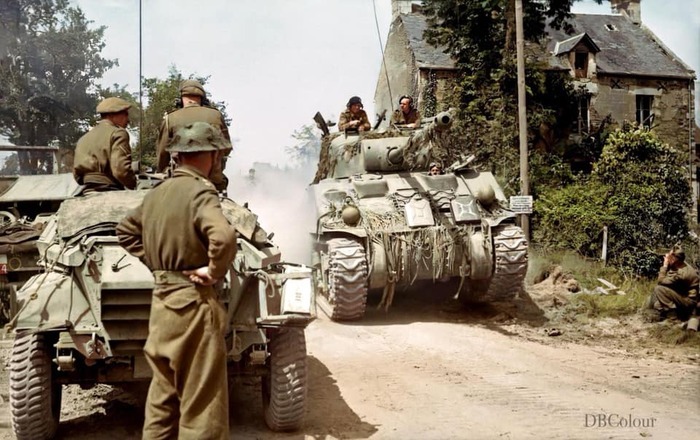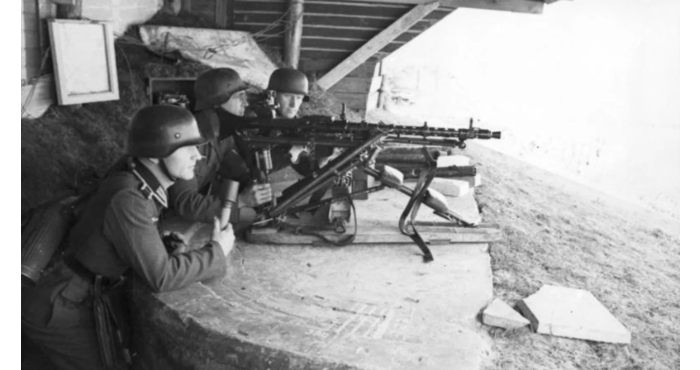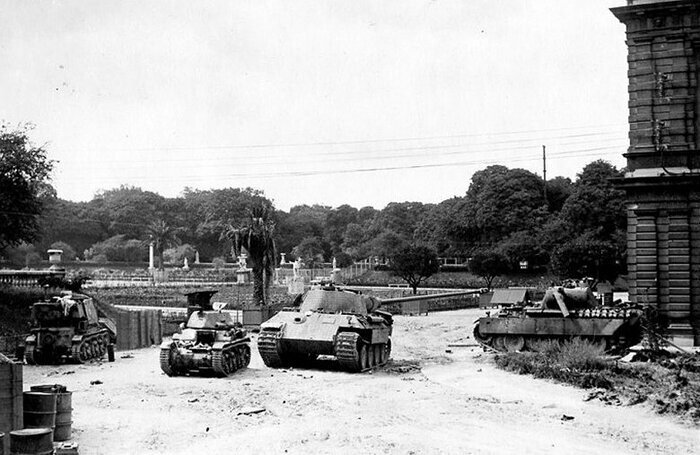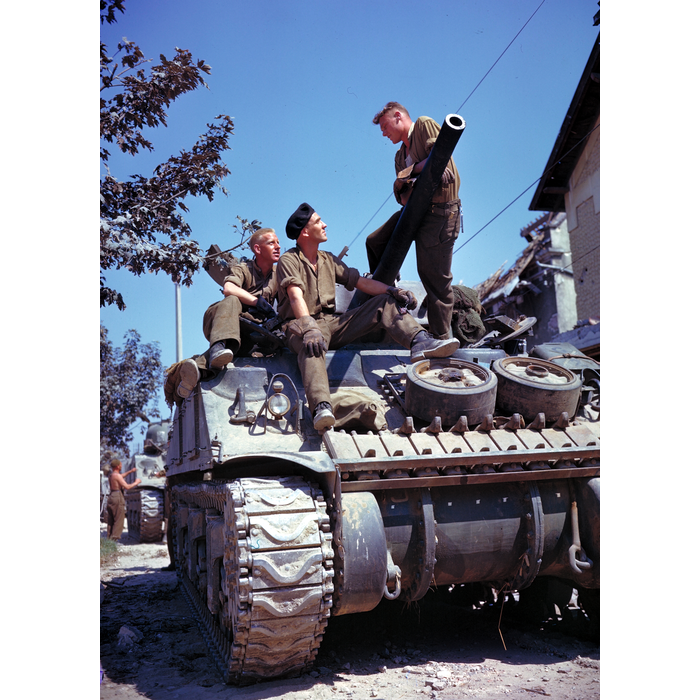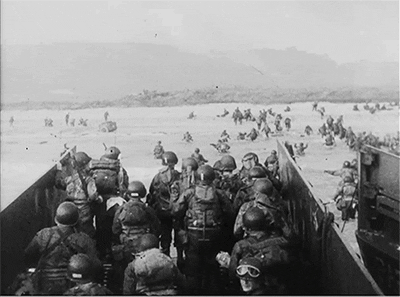
Steel Division 2 - [EUG] Gal Marcel Bigeard
Hello!
We are back with Versus #7! To be exact, the first part which details the Axis German 1. SS-Panzerdivision “LSSAH”. This new division will be part of the upcoming Tribute to Steel Division: Normandy 44 expansion.
Let’s go!
Arguably one of the most infamous Axis divisions, the 1. SS-Panzerdivision “Leibstandarte SS Adolf Hitler”, shortened to the “LSSAH”, saw action in pretty much every major theatre of the war. By 1944, the once dreaded armored formation was past its prime, but still a formidable force to be reckoned with.

With its origin as Adolf Hitler’s personal bodyguard unit, the LSSAH was initially the size of a regiment. At the start of World War II, it participated in the invasion of Poland, as well as the Netherlands and France. Refitted and transferred to the Balkans, the division took part in Operation Barbarossa, fighting on the southern flank in 1941.
The LSSAH was refitted as a panzergrenadier division with the other SS elite formations, Das Reich and Totenkopf. A sizable difference was the inclusion of a whole regiment of tanks rather than a panzer grenadier’s typical battalion, which meant it was closer to a full-strength Panzer division in all but name.
Taking part in Operation Citadel, next to drastic combat losses, the LSSAH haemorrhaged a substantial amount of senior personnel to create the 12. SS Panzer Division. After a brief sojourn in Italy, back to Russia, and then France, the division was placed in strategic reserve, ready to respond to any Allied landing on the northern French coast. Crucially, it lacked a substantial amount of personnel and materiel.
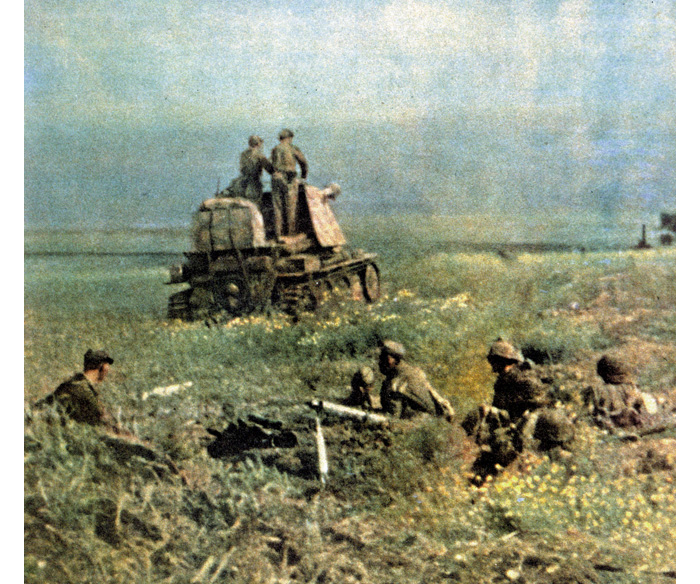
Action in Normandy
As expected, the LSSAH moved toward the Allied forces in Normandy with a substantial delay. After fighting against the British in the Caen sector using small ad-hoc Kampfgruppes, the American outbreak during Operation Cobra saw it being used in a bogged-down counter-attack against the new threat. Like many other German formations, the LSSAH was later trapped in the Falaise pocket. It maintained enough discipline to be used as the core of the breakout attempt from the cauldron but suffered heavy losses in manpower and equipment.
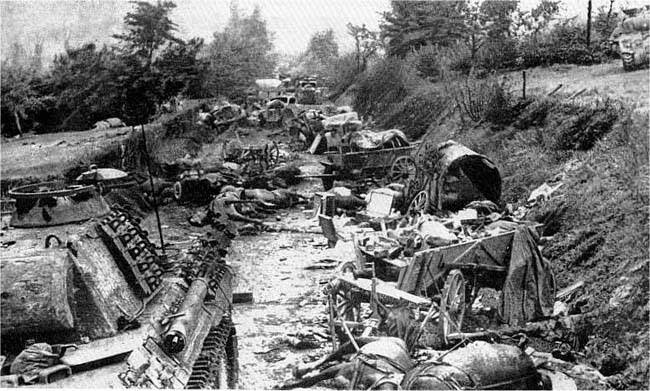
After the fighting in France, the LSSAH was involved in the Battle of The Bulge, including the infamous exploits of Kampfgruppe Peiper. Fittingly to the division’s origins, the remaining part finished the war fighting in the ruins of the Third Reich’s capital during the Battle of Berlin.
The 1. SS-Panzerdivision “LSSAH” was featured in the First Blood expansion for Steel Division: Normandy ‘44.
Just like the British Guards Armoured Division, the LSSAH is well equipped, above most other divisions. It doesn’t really have any real organic disadvantages, but as a formation it was becoming a shadow of its former self.
One of the SS’s “poster boys,” the division had suffered too many losses on the Eastern Front. Not only that, it had to part with some of its best officers and NCOs to create the 12. SS-Panzer, which were replaced with lesser soldiers (draftees instead of volunteers, or even Volksdeutschen pressed into service against their will).
Let’s dive in. What can you expect of LSSAH’s arsenal in Steel Division 2?
Note that all the panzer grenadier infantry squads are specific to the division, including machine gun and mortar teams. They are new and come with the “LSSAH” label and feature correct divisional camouflage.
Furthermore, the “old breed” veterans (the recon AUFKL. PZ.GREN. and infantry PZ.GRENADIER LSSAH (gep.)) come with a veterancy level plus the Fanatical trait.
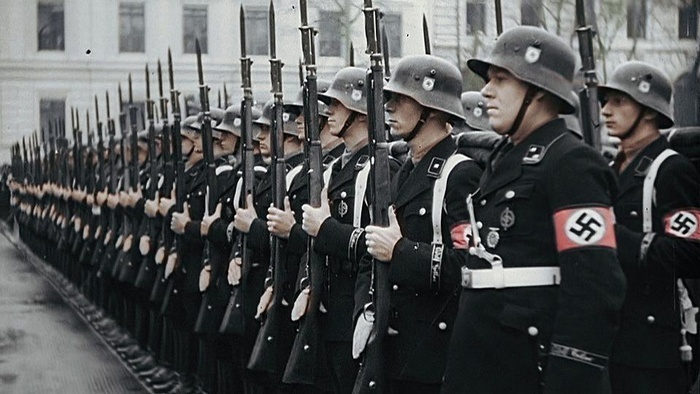
RECON
Not that good, maybe barely hitting average levels.
INF
A pretty good category, especially for a Panzerdivision, since SS formations had one extra infantry regiment.
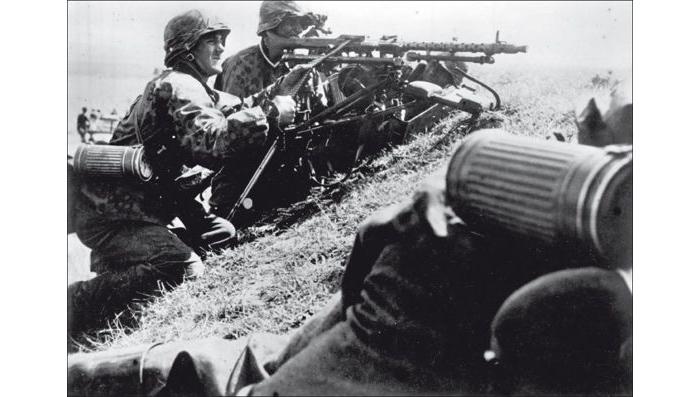
TANK
A good category with a wide range of choice.
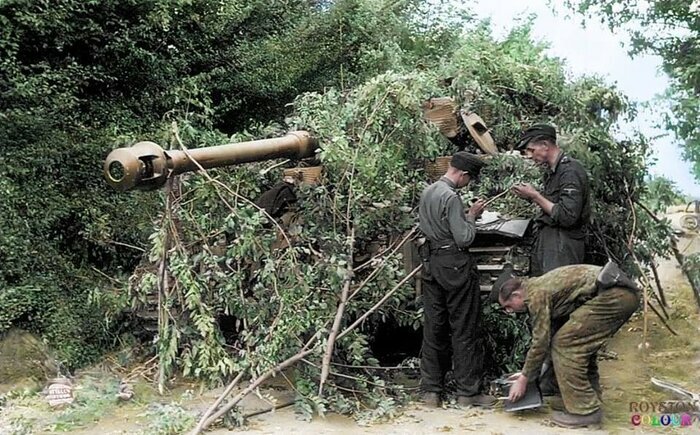
SUPPORT
A good category with all the options you can expect of a Panzerdivision.
AT
An average category, limited in the number of slots and quickly getting more expensive.
AA
Anti-air defenses are pretty decent, with an average amount of slots, but quite the options, from light, heavy, self-propelled, and towed.
ARTILLERY
Artillery is another decent category, with a good ratio between the number of slots and choice.

AIR
Rather bad with few slots, all being quite expensive.
The 1. SS-Panzerdivision “LSSAH” is a well-rounded division, lacking nothing in terms of equipment except for a few light armored recon vehicles. While powerful units can be found in every category, letting it switch easily from attack to defense and back again, the division’s real let-down is its weak air cover.
If you want to read more about the new divisions to be shipped with Steel Division: Tribute to Normandy ‘44, check out the following Versus DevBlogs:
That’s not all, though. We have also detailed the six new Aces coming with the expansion. Read all about Lt.-Colonel Creighton Abrams, 1st Lieutenant Richard “Dick” Winters, Oberfeldwebel Alexander Ulhig, and others in this dedicated DevBlog here.
Keep in mind that the Steel Division: Tribute to Normandy ‘44 is a work-in-progress name. What will this expansion contain?
That’s it for this week’s Versus post. Keen to hear what you think!
Don’t be shy, join the Steel Division 2 community on our Steam forums. The latest Steel Division 2 news can also be encountered on our Instagram.
Looking for an online game? Visit the Discord server or Reddit page and get involved with the lively Steel Division 2 community!
See you on the battlefield, commander!
We are back with Versus #7! To be exact, the first part which details the Axis German 1. SS-Panzerdivision “LSSAH”. This new division will be part of the upcoming Tribute to Steel Division: Normandy 44 expansion.
Let’s go!
LSSAH’s Combat History
Arguably one of the most infamous Axis divisions, the 1. SS-Panzerdivision “Leibstandarte SS Adolf Hitler”, shortened to the “LSSAH”, saw action in pretty much every major theatre of the war. By 1944, the once dreaded armored formation was past its prime, but still a formidable force to be reckoned with.

With its origin as Adolf Hitler’s personal bodyguard unit, the LSSAH was initially the size of a regiment. At the start of World War II, it participated in the invasion of Poland, as well as the Netherlands and France. Refitted and transferred to the Balkans, the division took part in Operation Barbarossa, fighting on the southern flank in 1941.
The LSSAH was refitted as a panzergrenadier division with the other SS elite formations, Das Reich and Totenkopf. A sizable difference was the inclusion of a whole regiment of tanks rather than a panzer grenadier’s typical battalion, which meant it was closer to a full-strength Panzer division in all but name.
Taking part in Operation Citadel, next to drastic combat losses, the LSSAH haemorrhaged a substantial amount of senior personnel to create the 12. SS Panzer Division. After a brief sojourn in Italy, back to Russia, and then France, the division was placed in strategic reserve, ready to respond to any Allied landing on the northern French coast. Crucially, it lacked a substantial amount of personnel and materiel.

Action in Normandy
As expected, the LSSAH moved toward the Allied forces in Normandy with a substantial delay. After fighting against the British in the Caen sector using small ad-hoc Kampfgruppes, the American outbreak during Operation Cobra saw it being used in a bogged-down counter-attack against the new threat. Like many other German formations, the LSSAH was later trapped in the Falaise pocket. It maintained enough discipline to be used as the core of the breakout attempt from the cauldron but suffered heavy losses in manpower and equipment.

After the fighting in France, the LSSAH was involved in the Battle of The Bulge, including the infamous exploits of Kampfgruppe Peiper. Fittingly to the division’s origins, the remaining part finished the war fighting in the ruins of the Third Reich’s capital during the Battle of Berlin.
The 1. SS-Panzerdivision “LSSAH” was featured in the First Blood expansion for Steel Division: Normandy ‘44.
A declining force
Just like the British Guards Armoured Division, the LSSAH is well equipped, above most other divisions. It doesn’t really have any real organic disadvantages, but as a formation it was becoming a shadow of its former self.
One of the SS’s “poster boys,” the division had suffered too many losses on the Eastern Front. Not only that, it had to part with some of its best officers and NCOs to create the 12. SS-Panzer, which were replaced with lesser soldiers (draftees instead of volunteers, or even Volksdeutschen pressed into service against their will).
LSSAH’'s Strengths and Weaknesses
Let’s dive in. What can you expect of LSSAH’s arsenal in Steel Division 2?
Note that all the panzer grenadier infantry squads are specific to the division, including machine gun and mortar teams. They are new and come with the “LSSAH” label and feature correct divisional camouflage.
Furthermore, the “old breed” veterans (the recon AUFKL. PZ.GREN. and infantry PZ.GRENADIER LSSAH (gep.)) come with a veterancy level plus the Fanatical trait.

RECON
Not that good, maybe barely hitting average levels.
- The division’s recon battalion was incomplete, lacking an entire company. It was missing all of its light armored cars and most of its half-tracks.
- It could count on several PUMA, AUFKL. PANZER IV and AUFK. PANTHER.
- Aside from the usual AUFKLÄRER and SPÄHTRUPP, it can also field veteran AUFKL. PZ.GREN. squads. These are heavy 6-man recon squads with G-43, 2x l.MG-42 plus Panzerfaust, riding to scout the battlefield on an SDKFZ. 250/1. These soldiers represent some of the last veteran survivors from the original SS division.
INF
A pretty good category, especially for a Panzerdivision, since SS formations had one extra infantry regiment.
- The Panzergrenadier infantry in this division is organized along different lines versus comparable divisions in Steel Division 2.
- PZ.GRENADIER LSSAH (gep.) squads represent the Panzergrenadier soldiers riding to battle on the few half-tracks still serviceable to the division (call them the mechanized variant). They are veterans of countless battles since the beginning of the war. These are 8-man squads with 1x MP-40, 5x G-43, 2x l.MG-42 and Panzerfausts, which can only be deployed with SDKFZ. 251/1.
- PZ.GRENADIER LSSAH (mot.) are Panzergrenadier squads deployable in trucks (the motorized variant), including many fresh recruits. This results in 11-man squads with 4x Kar.98K, 5x G-43, 2x l.MG-42 and Panzerfausts.
- PZ.STURMPIONIER LSSAH are 9-man squads with 4x MP-44, 2x G-43, 2x l.MG-42 plus a flamethrower, and come exclusively in the SDKFZ. 251/1.
- PZ.PIONIER LSSAH, PZ.GREN. FÜH. LSSAH and PIONIER FÜH. LSSAH are equipped in the same way as their regular counterparts. The leader squads all have the Discipline trait.
- PZ.GRENADIER LSSAH (gep.) squads represent the Panzergrenadier soldiers riding to battle on the few half-tracks still serviceable to the division (call them the mechanized variant). They are veterans of countless battles since the beginning of the war. These are 8-man squads with 1x MP-40, 5x G-43, 2x l.MG-42 and Panzerfausts, which can only be deployed with SDKFZ. 251/1.
- On top of these squads, the division fields a large number of rather unwilling VOLKSDEUTSCHE, plus a few STURMGRENADIER squads with MP-44 and l.MG42.

TANK
A good category with a wide range of choice.
- PANZER IV J and H, and the command variant of the later model.
- PANTHER A plus G, with both units available in a command variants.
- STUG III G and command variant.

SUPPORT
A good category with all the options you can expect of a Panzerdivision.
- This includes the usual supporting arms, ranging from machine guns, including the new s.MG 42 LSSAH,GRILLE, IG 33 infantry guns, supply units, and more.
- Command units include KOMMANDANT, BEF. PANZER IV H, BEF. PANTHER A.
AT
An average category, limited in the number of slots and quickly getting more expensive.
- The only choices will be PANZERSCHRECK, PAK 38 50mm, and PAK 40 75mm.
AA
Anti-air defenses are pretty decent, with an average amount of slots, but quite the options, from light, heavy, self-propelled, and towed.
- Units include the FLAK 38 20mm, GEPARD, FLAKVIERLING 20mm, and heavier SDKFZ. 7/1, amongst others.
ARTILLERY
Artillery is another decent category, with a good ratio between the number of slots and choice.
- Towed units include le. FH 18M 105mm and s.FH 18 150mm howitzers, plus sK 18 105mm and NEBELWERFER 42 rocket launchers.
- Self-propelled ones are SDKFZ. 250/7 81mm mortar carriers, WESPE 105mm and HUMMEL 150mm.

AIR
Rather bad with few slots, all being quite expensive.
- A paltry Luftwaffe tries to deploy to the sky but can only muster a token force.
- This includes a recon Ju 88 D-1 and Ju 88 A-4 bombers, and some Fw-190 fighters.
The 1. SS-Panzerdivision “LSSAH” is a well-rounded division, lacking nothing in terms of equipment except for a few light armored recon vehicles. While powerful units can be found in every category, letting it switch easily from attack to defense and back again, the division’s real let-down is its weak air cover.
Steel Division: Tribute to Normandy ‘44 Versus
If you want to read more about the new divisions to be shipped with Steel Division: Tribute to Normandy ‘44, check out the following Versus DevBlogs:
- The Allied US 4th Armored Division and Axis Festungs Gross-Paris are detailed in Versus #1, which you can check here.
- The Allied US 1st Infantry Division "Big Red One" and the Axis 16. Luftwaffe-Feld-Division get their chance to shine in Versus #2, which you can read in this dedicated DevBlog here.
- The famous Allied 101st Airborne Division and the Axis German 716. Infanterie-Division are featured in Versus #3, which you can check out here.
- The elite Allied British Guards Armoured Division and the Axis 91. Luftlande-Division are looked at in Versus #4 which you can read here.
- The Allied British 7th Armoured Division “Desert Rats” and the Axis 9. Panzerdivision get a deep dive in Versus #5, which you can read here.
- The Axis 2. Panzerdivision in the first part of Versus #6, which can be checked here while its Allied counterpart, the French commandos of the DBSAS are detailed here.
That’s not all, though. We have also detailed the six new Aces coming with the expansion. Read all about Lt.-Colonel Creighton Abrams, 1st Lieutenant Richard “Dick” Winters, Oberfeldwebel Alexander Ulhig, and others in this dedicated DevBlog here.
Steel Division: Tribute to Normandy ‘44
Keep in mind that the Steel Division: Tribute to Normandy ‘44 is a work-in-progress name. What will this expansion contain?
- It will include ALL the missing Steel Division: Normandy 44 divisions, including those that were featured in subsequent DLCs (First Blood, Second Wave, Back to Hell).
- This means 7 Axis and 7 Allied divisions, with one Allied formation being brand-new!
- Get ready to take command of the Allied US 101st Airborne Division, US 4th Armored Division, US 1st Infantry Division "Big Red One", UK Guards Armoured Division, UK 7th Armoured Division “Desert Rats” and French Demi-Brigade SAS. The 4th Canadian Armoured Division will be brand new.
- On the Axis side, the new Tribute expansion will feature the 91. Luftlande-Division, 716. Infanterie-Division, 1. SS-Panzerdivision "LSSAH", 16. Luftwaffe-Feld-Division, 9. Panzerdivision, 2. Panzerdivision, and Festungs Gross-Paris.
- Get ready to take command of the Allied US 101st Airborne Division, US 4th Armored Division, US 1st Infantry Division "Big Red One", UK Guards Armoured Division, UK 7th Armoured Division “Desert Rats” and French Demi-Brigade SAS. The 4th Canadian Armoured Division will be brand new.
- This will result in the biggest Tribute expansion for Steel Division 2.
- It will contain only divisions. As this is a recurring question, the answer remains the same. NO new maps!
- The new divisions will be updated to take advantage of Steel Division 2’s mechanics, traits, equipment, etc. They will be closer to historical reality and maybe different regarding unit disposition, materiel, weapons, etc. The new divisions will keep their main features and playstyles, of course.
See you on the battlefield
That’s it for this week’s Versus post. Keen to hear what you think!
Don’t be shy, join the Steel Division 2 community on our Steam forums. The latest Steel Division 2 news can also be encountered on our Instagram.
Looking for an online game? Visit the Discord server or Reddit page and get involved with the lively Steel Division 2 community!
See you on the battlefield, commander!




